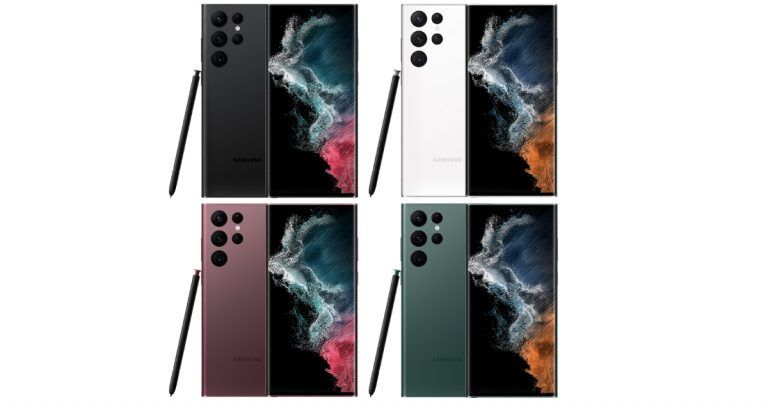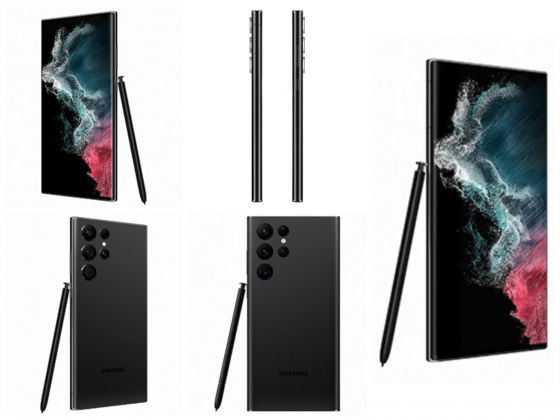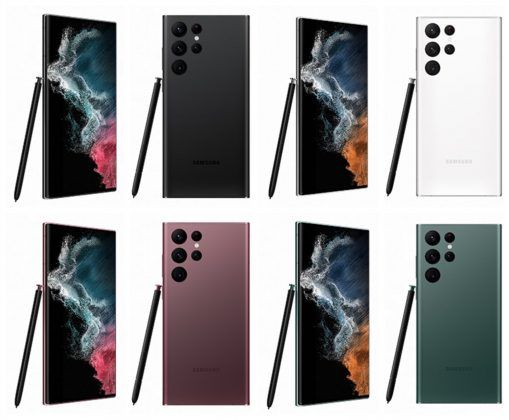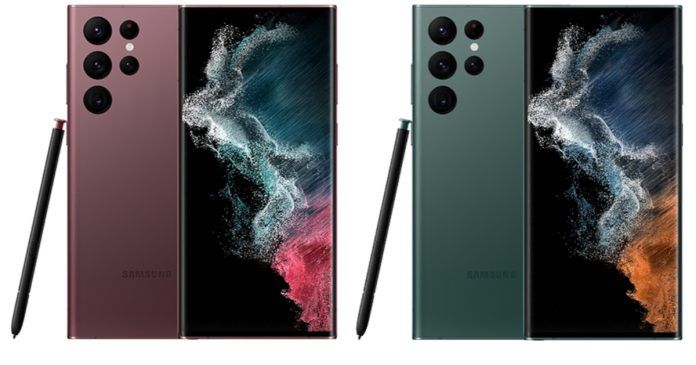Samsung has finally revealed its flagship mobile chipset for 2022, the Exynos 2200, which not only has its place alongside the Snapdragon 8 Gen1, but is also its direct competitor. Both chips are very similar, but at the same time they also have certain differences.
The Exynos 2200 and Snapdragon 8 Gen 1 are both manufactured using the 4nm LPE process and use ARM v9 CPU cores. Both contain one Cortex-X2 core, three Cortex-A710 cores and four Cortex-A510 cores. Both chips are equipped with quad-channel LPDDR5 RAM, UFS 3.1 storage, GPS, Wi-Fi 6E, Bluetooth 5.2 and 5G connectivity with download speeds of up to 10 Gbps. However, Samsung did not tell us the frequency of the included cores, in any case it is Snapdragon 3, 2,5 and 1,8 GHz.
Both flagship chips also support up to 200MP camera sensors, with both capable of capturing 108MP images with zero shutter lag. While the Exynos 2200 can capture 64 and 32MPx images simultaneously without any lag, the Snapdragon 8 Gen 1 goes a little higher as it can handle 64 + 36MPx. Although Samsung then claimed that its new chip can process streams from up to four cameras simultaneously, it did not reveal their resolution. Both chips can then record 8K video at 30 fps and 4K video at 120 fps.
The Exynos 2200 has a dual-core NPU (Numeric Processing Unit) and Samsung claims it offers twice the performance of the Exynos 2100. The Snapdragon 8 Gen 1, on the other hand, has a triple-core NPU. The DSP (digital signal processor) handles both 4K at 120 Hz and QHD+ at 144 Hz. As can be seen, so far the characteristics are almost identical. The bread will only be broken in the GPU.
You could be interested in
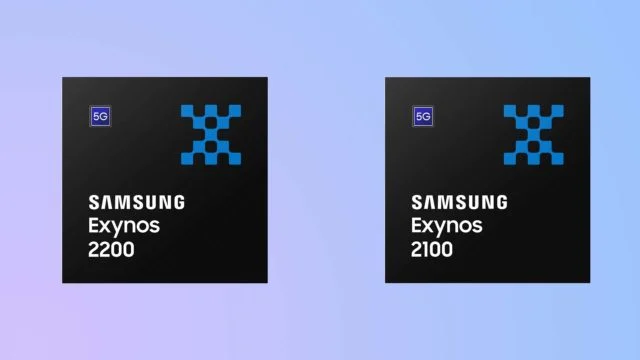
The graphics are what sets the two apart
The Exynos 2200 uses AMD's RDNA 920-based Xclipse 2 GPU with hardware-accelerated ray-tracing and VRS (Variable Rate Shading). The Snapdragon 8 Gen 1's GPU is the Adreno 730, which also offers VRS, but lacks ray-tracing support, which could be a significant gamechanger. Performance results for the Snapdragon 8 Gen 1 are already available and the Adreno GPU performs as well as Apple A15 Bionic, which rules the imaginary ranking of mobile gaming. However, Samsung hasn't released any performance improvement figures, but it is expected that the new Xclipse GPU could indeed offer a significant jump in gaming performance.
The paper values of both are therefore very similar, and only real tests will really show which chipset offers better performance and energy efficiency, especially under sustained load. Since it is expected that the series Galaxy The S22 will be launched in both Exynos 2200 and Snapdragon 8 Gen 1 variants, so testing them against each other may reveal whether Samsung has finally managed to match or even beat its main rival in the field of mobile chipsets.
